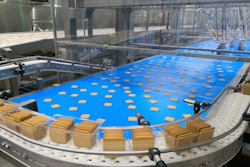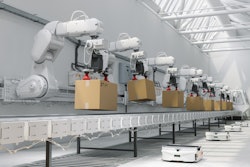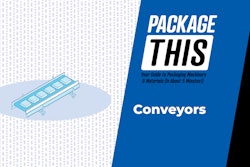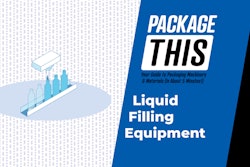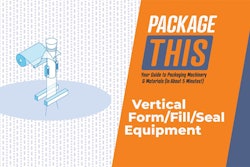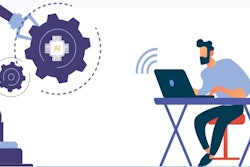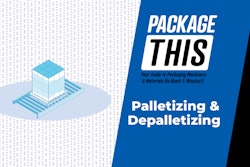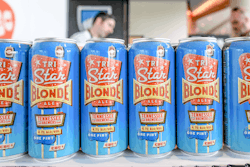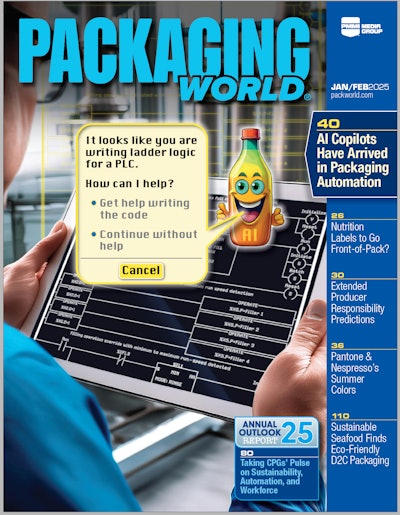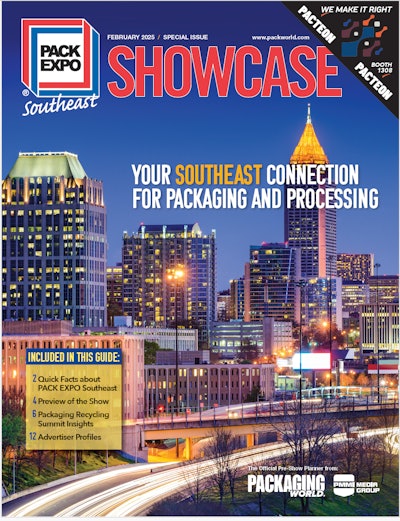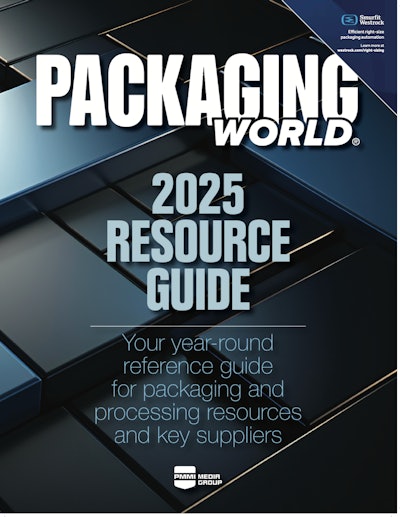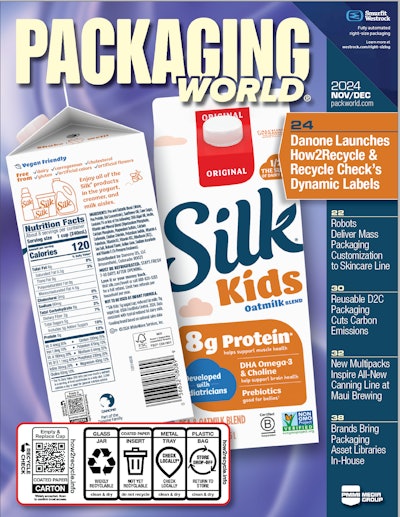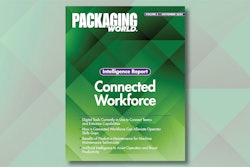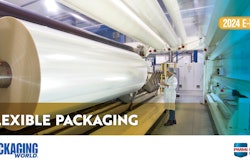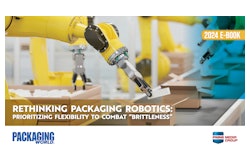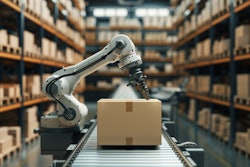
This content was written and submitted by the supplier. It has only been modified to comply with this publication’s space and style.
OSARO, a distributor in machine-learning-enabled robotics for high-volume fulfillment centers, has secured a patent for ‘Computer-Automated Robot Grasp Depth Estimation,’ a technology that enhances robotic grasping without using specialized sensors. The patent (USPTO #12,236,340, Ben Goodrich et al, February 25, 2025), describes techniques where pick-and-place robots collect data through physical interaction with objects, and use the data to train machine-learning models that can accurately estimate the depth of objects in relation to their surroundings.
OSARO’s latest robotics is applicable in the environment of fulfillment warehouses, where robots must adapt to changing inventory, diverse product types, and challenging grasping scenarios. When equipped with OSARO’s depth-estimating software, which is a component of OSARO SightWorks platform, robots can handle new SKUs without reprogramming, estimate depth across diverse objects, and grasp irregular or deformable items—boosting efficiency in today’s fast-paced fulfillment centers.
“Our kitting and bagging customers require robots that can accurately grasp a wide variety of challenging items. These can range from plush toys to reflective objects to bagged apparel,” said Gemma Ross, VP of operations at OSARO. “This latest innovation from OSARO’s labs enables robots to grasp these challenging items more accurately and efficiently, even in cluttered and unstructured environments. It also means we can reduce the cost of the deployed solution since it is less dependent on special sensors and lighting.”
OSARO’s patented depth-perception technology uses self-supervised learning, enabling the robot to estimate depth by analyzing images and arm movements from both successful and failed grasping attempts. By repeatedly attempting to grasp objects and analyzing the resulting images and arm positions, the robot can accurately estimate the depth of objects without relying on costly depth-sensing technologies.
“Imagine a robot trying to grab a small toy in a classic warehouse tote,” Ross said. “Each time it tries to grasp it learns a little more about how far away the toy is. Eventually, it will be able to successfully determine the distance of the toy every time. Most importantly, it does this automatically without a human in the loop to annotate the information required to train a machine-learning model.”
With this patent, OSARO continues to push the boundaries of AI-powered robotics, delivering industry-first solutions that improve accuracy, efficiency, and adaptability in automated fulfillment warehouses. As automation demand continues to rise, OSARO remains committed to pioneering AI-driven robotics solutions capable of automatically adapting to real-world challenges.



